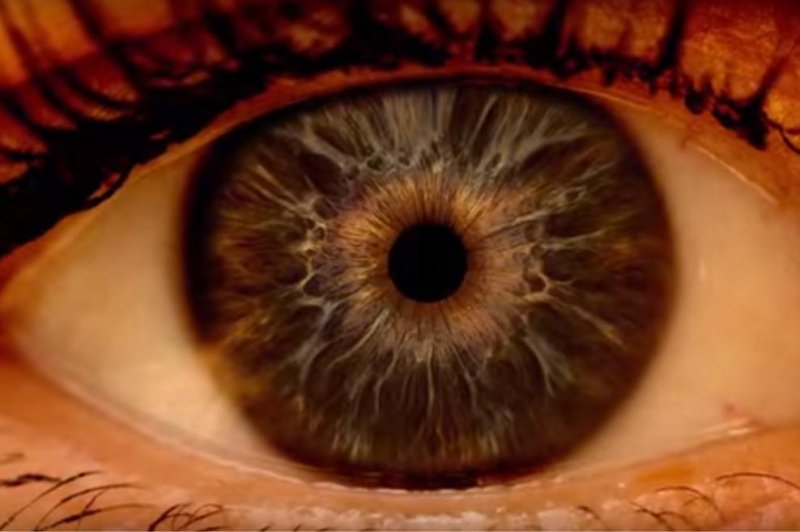Researchers said Eylea offers doctors a third option as effective as the other two drugs for DME, a blurring in the macula, the part of the retina used for central vision, caused by fluid leaking from blood vessels into the retina as a side effect of diabetes. Photo by
National Institutes of Health
BETHESDA, Md., Feb. 29 (UPI) -- For diabetic macular edema patients with worse eyesight, the drug Eylea offered greater gains in vision than Avastin during the first year of treatment, researchers found in a two-year clinical trial.
For patients with mild vision loss, Eylea performed about as well as other drugs already used for DME, but offers doctors another option when considering potential side effects.
DME is blurring in the macula, the part of the retina used for central vision, caused by fluid leaking from blood vessels into the retina as a side effect of diabetes. The progressive condition is treated by injecting one of several drugs into the eye, which inhibits a substance called vascular endothelial growth factor that increases abnormal blood vessel growth and leakage.
About 750,000 of the 7.7 million people in the United States with diabetic retinopathy also have DME. Eylea was first approved for use in 2013 to treat some DME and macular edema patients, with an approval to treat diabetic retinopathy in DME patients coming from the FDA last year.
"The study suggests there is little advantage of choosing Eylea or Lucentis over Avastin when a patient's loss of visual acuity from macular edema is mild, meaning a visual acuity of 20/40 or better," Dr. John Wells, a retinal specialist at the Palmetto Retina Center, said in a press release. "However, patients with 20/50 or worse vision loss may benefit from Eylea, which over the course of the two-year study outperformed Lucentis and Avastin."
For the trial, the results of which are published in the journal Opthamology, researchers at the National Institutes of Health recruited 660 DME patients at 89 sites in the United States who were an average of 61 years old and diagnosed with type 1 or type 2 diabetes for at least a year. Each was randomly treated with Eylea, Avastin or Lucentis for two years.
Among patients with 20/40 vision or better at the outset of the trial, patients saw about the same improvement of vision, from 20/40 to 20/25 on average. For patients with 20/50 vision or worse, vision improved significantly over the course of two years: Eylea patients read about 3.5 additional lines on a chart, Lucentis patients read about three more lines, and Avastin improved by about 2.5 lines.
Researchers note that Eylea patients had better results after a one-year study of the three drugs' effects, but their similar results over the long term suggest doctors can opt for the one best fit for a patient's condition.
"This rigorous trial confirms that Eylea, Avastin, and Lucentis are all effective treatments for diabetic macular edema," said Dr. Paul Sieving, director of the National Eye Institute. "Eye care providers and patients can have confidence in all three drugs."















